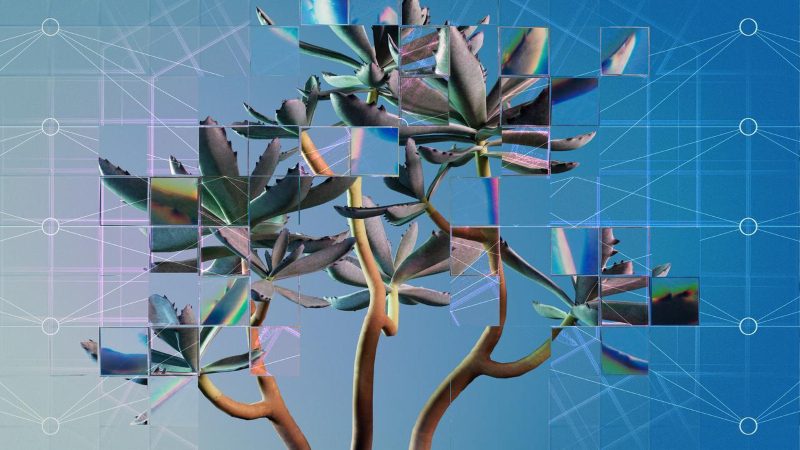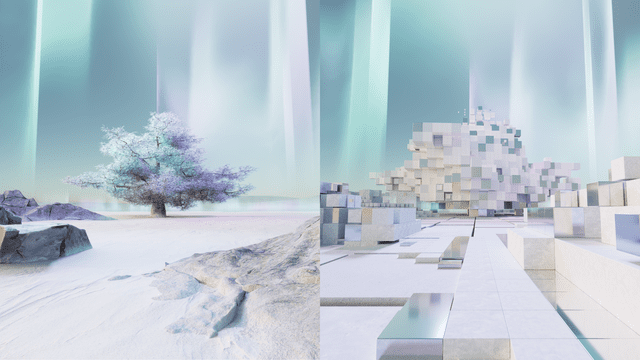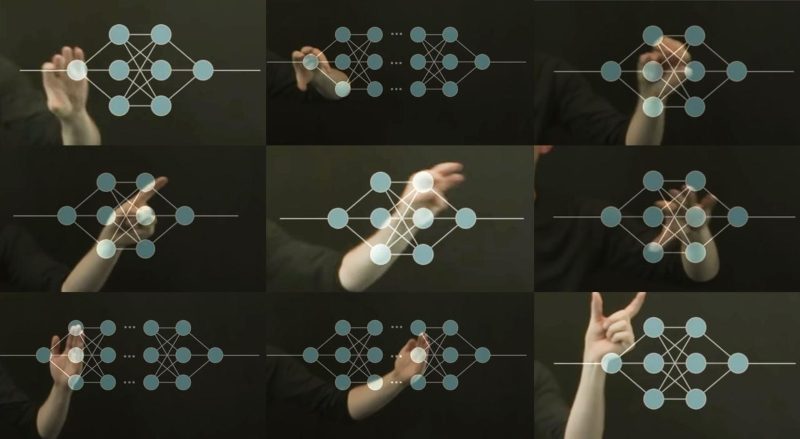
MICHAEL SPIERS, SENIOR HOUSEMASTER, RIPON GRAMMAR SCHOOL, UK Rationale and preliminary research I first became aware of the potential of artificial intelligence (AI) in aiding the incorporation of creativity in teaching in late 2022, after the release of the large language model (LLM) ChatGPT. I was familiar with generative AI from conversations with colleagues involved in […]

JANE WAITE, RASPBERRY PI FOUNDATION, CAMBRIDGE AND RASPBERRY PI COMPUTING EDUCATION RESEARCH CENTRE, UNIVERSITY OF CAMBRIDGE, UK Introduction Resources related to AI and education are emerging, from international and country-specific policy guidance (e.g. Miao and Holmes, 2023; DfE, 2025), to suggested competency frameworks (e.g. Miao and Shiohira, 2024). When considering how AI technology may manifest in […]

REBECCA STOTT, DIRECTOR OF EDUCATION, TWINKL; NPQH; MA-ED, SEND & DIGITAL LEARNING, UK GEORGINA DURRANT, SEND AUTHOR, BLOOMSBURY; NATIONAL THOUGHT LEADER FOR INCLUSION, TWINKL, UK JONATHAN PARK, AI LEAD, TWINKL, UK Lost amid the noise of the election, the Department for Education updated its risk report in July to warn that the SEND (special educational needs and disabilities) […]

Charlie Cutler, Director of Curriculum, United Learning, UK Generative artificial intelligence (GenAI) has the potential to fundamentally change education and substantially support teachers in teaching, and its use in education is growing. The proportion of teachers reporting using GenAI ‘to help with school work’ has grown from 35 per cent in August 2023 to 42 […]

DALE BASSETT, DIRECTOR OF ASSESSMENT, UNITED LEARNING, UK Assessment is integral to education, helping us to understand how students are progressing. Whether formal annual tests, exit-ticket quizzes or informal learning checks in the classroom, ‘traditional’ assessment isn’t going away – but it is hugely impacted by AI, both positively and negatively. United Learning’s ongoing development of […]

ROBERT CAUDWELL AND PAUL MALLABAND, CO-FOUNDERS, PENROSE EDUCATION, UK Introduction As is true in most professions, teachers are increasingly outsourcing elements of their work to AI (artificial intelligence) tooling. As AI capabilities continue to improve, it will become possible to increasingly rely on machines to do parts of our jobs for us. This has the potential […]

DR FIONA AUBREY-SMITH, FOUNDING DIRECTOR, ONE LIFE LEARNING, UK Educational organisations are increasingly deciding who will take responsibility for leadership around AI (artificial intelligence) in their context – with new roles and remits being evolved to lead this changing landscape. Yet each of those sharing their expertise or leadership is doing so through a particular […]

Introduction With the advancement of large language learning models (LLMs – AI tools such as ChatGPT), there are senses of optimism, potential and scepticism within the education world in equal amounts: optimism regarding its potential impact on reducing workload, a key factor in the recruitment and retention crisis (NFER, 2024); potential in its ability to […]

JAMES LEIGH, HOUSEMASTER, CANFORD SCHOOL, UK Introduction The educational landscape is rapidly evolving, with so-called artificial intelligence (AI) emerging as a potential game-changer. Easy-to-access large language models (LLMs), such as ChatGPT, Gemini and Copilot, are particularly intriguing, holding the promise of personalised learning paths, efficient research assistance and potentially even automated assessment. However, the potential impact […]

KAREN WESPIESER, TEACHER TAPP, UK Since 2020, Teacher Tapp has been checking how teachers are adopting artificial intelligence (AI) tools. In November 2024, we asked teachers: What AI-powered tools or technologies (if any) have you used or experimented with in your teaching practice? The data featured in this Teacher Tapp research has been gathered from our […]

ALASDAIR MONTEITH, HEAD OF GEOGRAPHY AND ADVANCED PRACTITIONER, GORDONSTOUN SCHOOL, UK We ran our first staff CPD session on using AI in April 2022 and have been encouraging staff to trial the use of LLMs (Large Language Models) ever since. The aim of our CPD sessions is to provide teachers with an understanding of what […]

Meena Kumari Wood, RESEARCHER, AUTHOR AND FORMER HMI (OFSTED), UK The potential impact of AI on students’ ‘soft skills’ A recent CIPD survey revealed that a third of 16–24-year-olds lack employability skills, including resilience, problem solving and communication skills (CIPD, 2024). Almost half of respondents felt that they were never taught these skills at school […]

RENATE SAMSON, PROJECT LEAD (DATA AND DIGITAL SOCIETY), ADA LOVELACE INSTITUTE, UK In January 2025, the Nuffield Foundation and Ada Lovelace Institute published ‘A learning curve? A landscape review of AI in education in the UK’ (Samson and Pothong, 2025). The paper seeks to inform conversations around the use of EdTech and AI in UK schools. […]

MATT DAVIS, GLOBAL MANAGING DIRECTOR, ETIO, UK LEE NORTHERN, PRINCIPAL INSPECTIONS CONSULTANT, ETIO, UK School inspections, resource challenges and the potential of AI While the focus on generative AI (GenAI) in education and its potential has typically been on its use for school staff and pupils, its promise of bringing radical productivity benefits to complex tasks (Somers, […]

DANIEL EMMERSON, EXECUTIVE DIRECTOR, GOOD FUTURE FOUNDATION, UK School leaders are in a precarious position, whereby they are striving to ensure the best possible futures for their students whilst also being aware of the impact that artificial intelligence (AI) technology is already having on the way in which young people are adapting their study and their […]

Anna Lindroos Cermakova, Senior Research Associate, Lancaster University, UK Generative Artificial Intelligence (GenAI), labelled as a paradigm shift, the fourth industrial revolution, cognitive automation, the algorithmic age, the great disruptor and other terms depending on the perspective taken, forces us to consider the trajectory this technology charts for the future of learning: How will the […]

JACK WARDLE, TWINKL EDUCATIONAL PUBLISHING, UK Defining the humanities is a difficult task, as the disciplines that it encompasses are vast and varied – from the more universal inclusion of history and geography to its potential cross-disciplinary inclusion of the languages, arts and the many subjects in between. Drees (2021) tentatively defines humanities as disciplines […]

VICTORIA MARSHALL, HARROW INTERNATIONAL SCHOOL HONG KONG, HONG KONG SAR, CHINA Teachers face the persistent challenge of ensuring students master Tier 3 vocabulary while maintaining engagement in the subject and encouraging active learning to promote retention of understanding. The national curriculum (DfE, 2014) emphasises that teachers should develop vocabulary as an integral aspect of teaching […]

KIRSTY KELSEY, PRINCIPAL DEVELOPMENT LEAD, ARK CURRICULUM PLUS, UK When working to support hundreds of teachers to embed a resourced curriculum, it is clear that teachers are working incredibly hard to tailor their lessons to the specific needs of their classes and context. What is also noticeable is that some teachers continue to feel uncertain as […]

JUSTIN JEFFREY, ENGLISH TEACHER, CENTRE FOR BRITISH TEACHERS (CFBT), BRUNEI Introduction Asking students to respond to and incorporate feedback is central to best practice in the process of developing writing skills. Yet, one of the oldest frustrations in writing instruction is the limited impact feedback can have. Despite the time teachers invest in providing it, […]


















